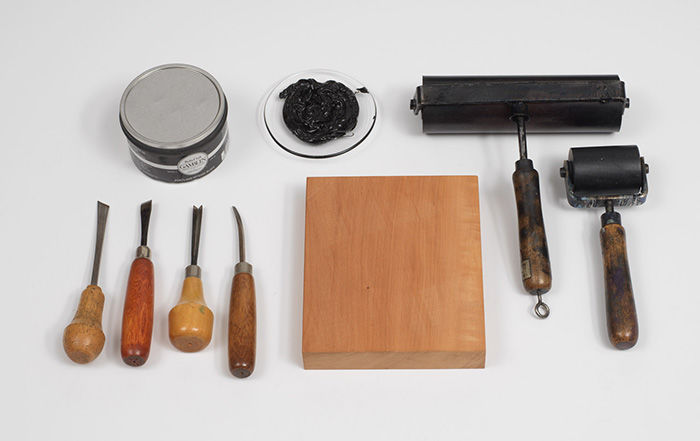I quattro libri dell'architettura di Andrea Palladio. Ne'quale dopo un breue trattato de' cinque ordini
Author Andrea Palladio Italian
Publisher Bartolomeo Carampello Italian
Not on view
The palazzi, villas, and churches of Andrea Palladio are among the unforgettable monuments of Venice and the Veneto, but it was his Quattro libri that earned the man and his architecture international renown. First published in 1570, Palladio's books use classical antiquity as a guide for the construction of buildings. The Quattro libri can be distinguished from earlier architectural treatises by the prominent discussion of Palladio's own works and by the use of terms familiar to contemporary architects and artisans. His clear, concise prose is enhanced by extensive woodcut illustrations that include plans and elevations of the buildings discussed as well as cross-sections and images of details. Figures and scales are used to indicate proportions and to provide a sense of the absolute dimensions of each building, giving the reader a new visual ability to comprehend each work. As one of the last great architects of the High Renaissance, Palladio translated the language of classical antiquity into a flexible and distinctive vocabulary that was used internationally by architects well into the nineteenth century.
This image cannot be enlarged, viewed at full screen, or downloaded.


